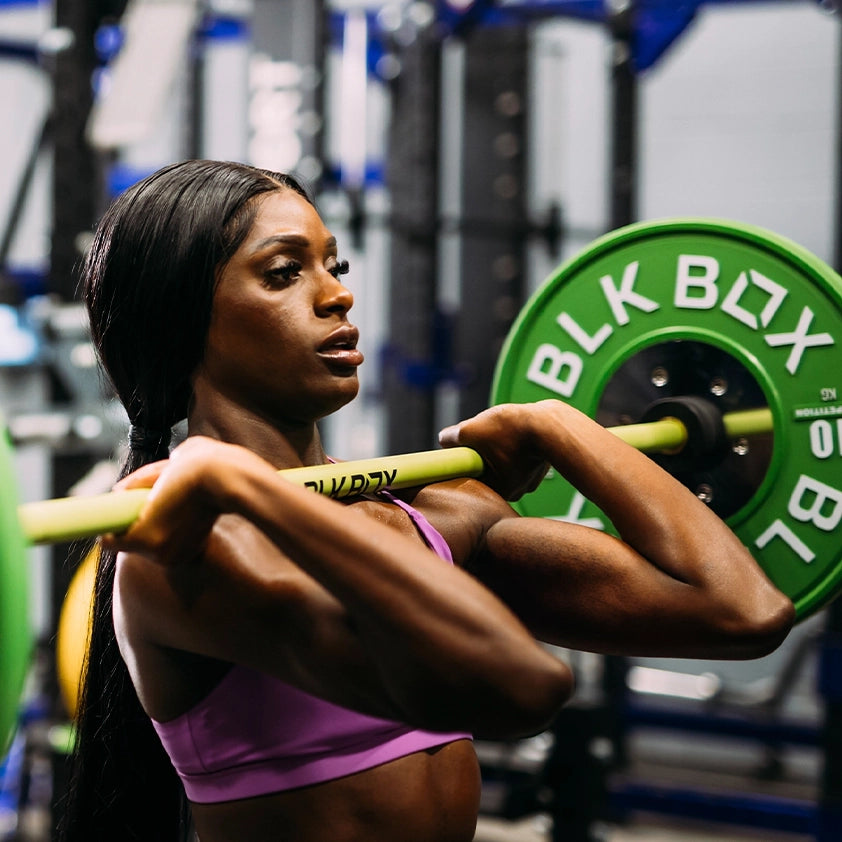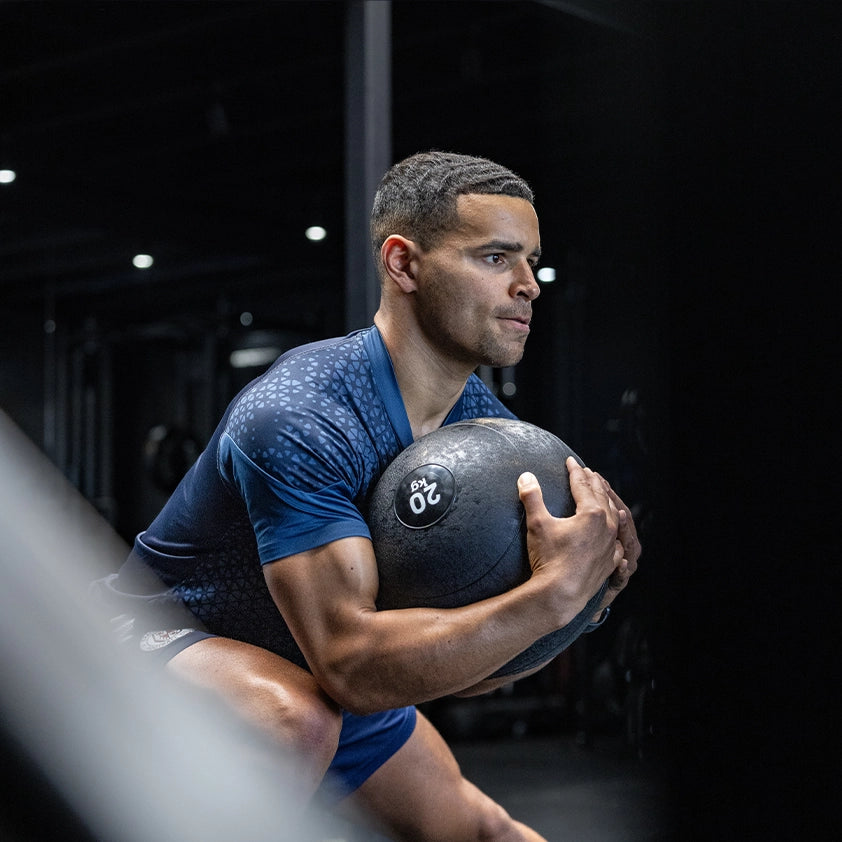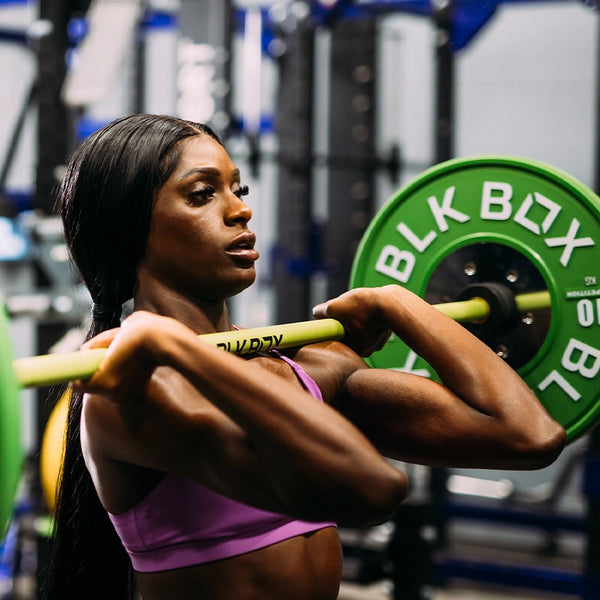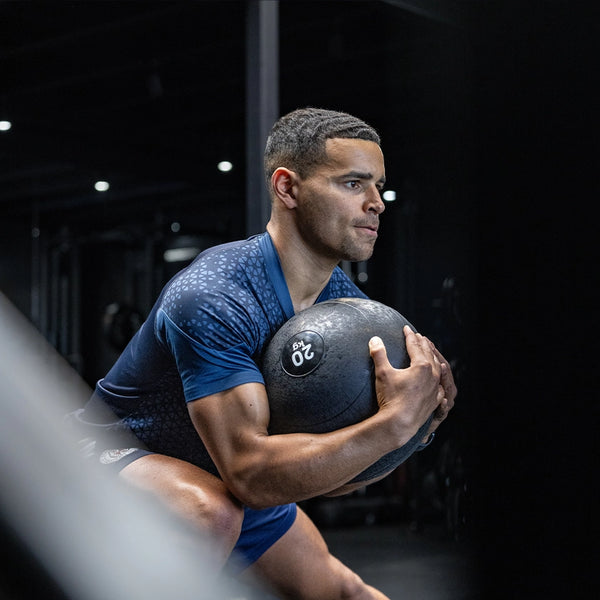The Gameday Primer: Principles and Practices

/prʌɪm/
Verb
Definition: Make (something) ready for use or action.
Introduction
Every athlete aims to gain an edge on gameday. A gameday primer—a short burst of high-output training—can be a game-changer in maximising performance.
Benefits of gameday priming include:
- Potentiation of the neuromuscular system
- Acute hormonal benefits
- Psychological readiness
Though not a new concept, gameday primers are increasingly used in sports. This article explores the science, best practices, and real-world applications for optimising performance.
What Does the Science Say?
Scientific research strongly supports the use of gameday primers. The primary goal is to activate the neuromuscular system while avoiding fatigue.
Key Research Findings:
- Priming sessions improve performance in explosive activities such as jumps, sprints, and strength tests1.
- Effects last 6 to 32 hours post-session, making gameday or the day before effective2,3,4.
- Hormonal benefits include increased testosterone and reduced circadian decline6.
- Psychological benefits include increased confidence and reduced anxiety8,9.
Best Practices for Gameday Priming
For gameday primers to be effective, they must be structured correctly. Here are the guiding principles:
- High-Level Training Age – Athletes should have experience with resistance training.
- Technical Proficiency – Exercises must be performed with proper form.
- Intensity Over Volume – Focus on low-volume, high-intensity movements.
- Performed 5-6 Hours Before Competition – To allow fatigue to dissipate.
- Minimum Fatigue, Maximum Potentiation – Rest 3+ minutes between efforts.
- Athlete Autonomy – Provide flexibility in exercise selection.
Sample Gameday Priming Sessions

Priming sessions should align with available equipment and the level of aggressiveness desired. Below are example workouts:
Low-Equipment, Conservative Approach
- Bodyweight jumps – 3x3 (max effort)
- Press-ups or ballistic press-ups – 3x5
- Medicine ball slams – 3x5 (max effort)
Gym-Based, Aggressive Approach
- Power cleans – 4x2 @ 65-85% 1RM
- Heavy bench press – 3x2 @ 80-90% 1RM
- Sprint efforts – 6x40m
For a detailed breakdown of gameday primer variations, see the full table below:

Overcoming Resistance to Gameday Priming
Despite strong evidence, many coaches and athletes resist gameday primers due to tradition or misconceptions about fatigue.
Strategies to Encourage Adoption:
- Start Small – Introduce basic activities like mobility drills before progressing to primers.
- Use Non-Threatening Exercises – Medicine ball throws are less intimidating than heavy lifting.
- Build Trust – Show performance improvements over time.
- Offer Customisation – Allow athletes to choose exercises from a pre-approved list.
Long-Term Benefits of Gameday Priming
Beyond the immediate boost in performance, gameday primers contribute to long-term development:
- Increased power output throughout the season
- Improved strength and speed adaptation
- More consistent neuromuscular activation
Final Thoughts

While others chase marginal gains, gameday primers offer a proven way to optimise performance.
By following evidence-based principles, allowing athlete autonomy, and gradually implementing change, teams can unlock a competitive advantage that improves performance and consistency throughout the season.
Author: Eamonn Flanagan
Follow Eamonn on X: https://twitter.com/EamonnFlanagan
References
- Harrison, P.W., James, L.P., et al. (2019). Resistance Priming to Enhance Neuromuscular Performance in Sport. Sports Medicine.
- Ekstrand, L.G., Battaglini, C.L., et al. (2013). Effects of Morning Resistance Exercise on Afternoon Performance. The Journal of Strength & Conditioning Research.
- Russell, M., King, A., et al. (2016). A Comparison of Different Morning Priming Exercises. International Journal of Sports Physiology and Performance.
- Cook, C.J., Kilduff, L.P., et al. (2014). Morning-Based Strength Training Improves Afternoon Performance. Journal of Science and Medicine in Sport.















